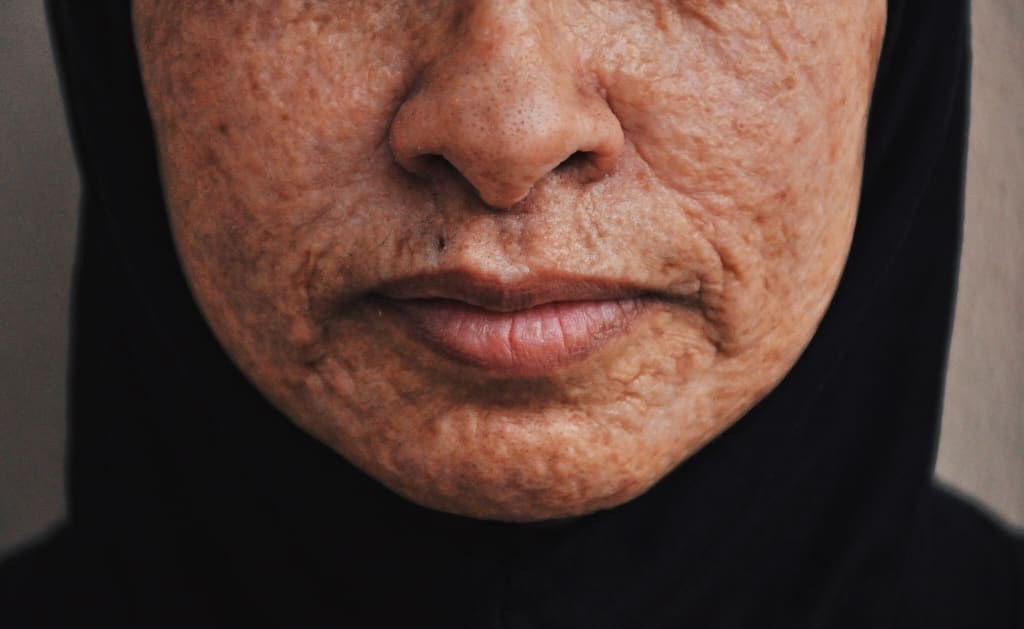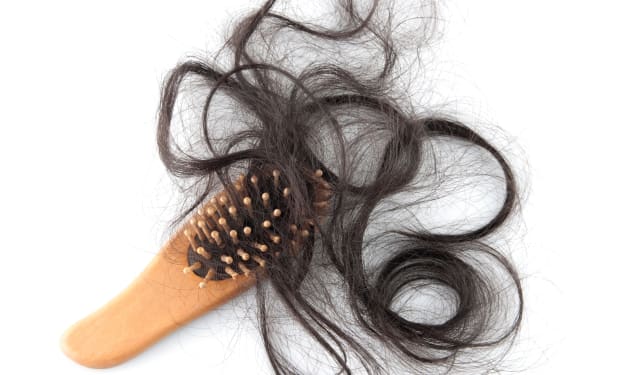Demystifying Acne Scarring:
A Closer Look At Types And Treatment Choices

Acne, a prevalent skin condition impacting millions of individuals globally, is a widespread concern with far-reaching effects.
Although acne breakouts typically subside over time, they can often leave behind enduring reminders in the form of persistent acne scars.
Acne scarring can have a significant impact on an individual's self-esteem and overall well-being.
However, by understanding the types of acne scars and the available treatment choices, it becomes possible to address this concern effectively.
Types Of Acne Scarring
An array of distinct characteristics defines various types of acne scars, highlighting the diverse nature of this common skin condition's enduring marks.
By identifying the specific type, healthcare professionals can tailor the treatment approach to maximize results. The following are some common types of acne scars:
Ice Pick Scars:
These scars are characterized by narrow, deep pits that resemble puncture marks on the skin. They are often the result of severe acne and occur when the skin's collagen is lost during the healing process.
Boxcar Scars:
Boxcar scars are broader depressions with well-defined edges. They can be shallow or deep and have a rectangular or oval shape. These scars are typically caused by inflammatory acne.
Rolling Scars:
Rolling scars have a wavy or undulating appearance. They occur due to bands of fibrous tissue that develop between the skin's layers, pulling the surface downward and creating a rolling texture.
Hypertrophic Scars:
Unlike most acne scars, hypertrophic scars are raised and have a thick, lumpy texture. They form because of an overproduction of collagen during the healing process.
Keloid Scars:
Keloid scars are similar to hypertrophic scars but extend beyond the original boundaries of the acne lesion. They are often firm, raised, and have a smooth, shiny surface.
Treatment Choices For Acne Scarring
Fortunately, numerous treatment options are available to address acne scarring and improve the appearance of the skin.
The choice of treatment depends on the type and severity of the scars, as well as individual preferences and medical advice. Here are some commonly employed treatment choices:
Topical Treatments:
Over-the-counter creams and gels containing ingredients like retinoids, alpha hydroxy acids, or silicone can help improve the appearance of mild acne scars. These treatments work by promoting cell turnover, exfoliating the skin, and stimulating collagen production.
Dermabrasion:
This procedure involves the removal of the top layer of the skin using a rotating brush or diamond wheel. Dermabrasion helps reduce the appearance of shallow acne scars and encourages the growth of new, smoother skin.
Chemical Peels:
Chemical peels encompass the application of a carefully selected chemical solution to the skin's surface, serving to gently exfoliate and remove the outermost layer. This treatment can be effective in improving the appearance of shallow acne scars and promoting collagen production.
Microneedling:
Microneedling is a minimally invasive procedure that involves creating tiny punctures in the skin using a device with fine needles. This stimulates collagen production and promotes the growth of new skin cells, reducing the appearance of acne scars.
Laser Resurfacing:
Laser resurfacing uses high-energy light beams to remove the damaged skin layer by layer. This treatment can effectively diminish the appearance of acne scars and stimulate collagen production.
Dermal Fillers:
Dermal fillers are injectable substances that can help plump up depressed acne scars, making them less noticeable. This temporary solution can provide immediate results, but regular maintenance treatments may be necessary.
Subcision:
Subcision is a surgical procedure that involves the insertion of a needle beneath the scar to break the fibrous bands pulling the skin downward. This technique helps release the tension and elevate the depressed scar.
Punch Excision:
For deep and narrow acne scars, punch excision may be recommended. This procedure involves surgically removing the scar and then closing the wound with stitches, resulting in a less noticeable scar.
It's important to note that the effectiveness of each treatment may vary from person to person, and multiple sessions or a combination of treatments may be required to achieve optimal results.
In conclusion, acne scarring can have a significant impact on one's self-esteem and confidence. However, with the wide range of treatment choices available, it's possible to improve the appearance of acne scars and restore smoother, healthier-looking skin.
By understanding the types of acne scars and consulting with healthcare professionals, individuals can embark on a tailored treatment journey that suits their needs and ultimately helps them regain their confidence.
Remember, everyone's skin is unique, so finding the right treatment approach may take time, but the results can be well worth the effort.
For comprehensive and effective treatment options for acne scars, explore the offerings of a reputable dermatology clinic in Bangalore, India. Their advanced facilities provide top-notch treatments such as CoolSculpting, HydraFacial, and Laser Hair Removal.
About the Creator
Christopher David
I am a writer, editor and an avid reader.





Comments
There are no comments for this story
Be the first to respond and start the conversation.